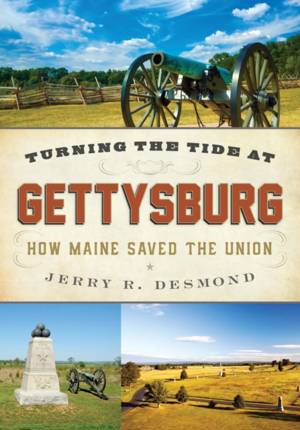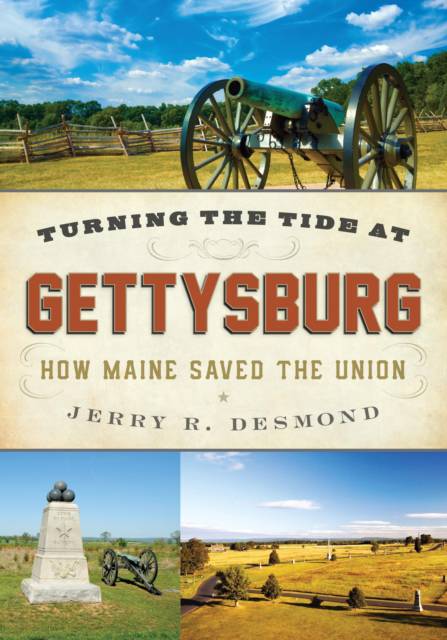
- Afhalen na 1 uur in een winkel met voorraad
- Gratis thuislevering in België vanaf € 30
- Ruim aanbod met 7 miljoen producten
- Afhalen na 1 uur in een winkel met voorraad
- Gratis thuislevering in België vanaf € 30
- Ruim aanbod met 7 miljoen producten
Zoeken
€ 20,95
+ 41 punten
Omschrijving
During the first three days of July in 1863, the largest battle ever fought in North America occurred in the small Pennsylvania town of Gettysburg. More than 160,000 men from the North and the South engaged in mortal struggle in the third year of the American Civil War. At many crucial points of time and location on the battlefield, men from Maine were there to stem the Confederate tide. Once asked why the Confederate Army lost the battle at Gettysburg, General George E. Pickett replied, I think the Yankees had something to do with it. He should have said those men from Maine had something to do with it. The argument can be made that the eventual outcome at Gettysburg might have been in doubt had the regiments from Maine, in all numbering some 3,700 volunteers, not performed heroically in the line of battle. They stood firm at Gettysburg and helped save the Union. Through maps and photographs, historian Jerry Desmond details, location by location around the battlefield, the heroic actions of the volunteer regiments from Maine.
Specificaties
Betrokkenen
- Auteur(s):
- Uitgeverij:
Inhoud
- Aantal bladzijden:
- 152
- Taal:
- Engels
Eigenschappen
- Productcode (EAN):
- 9781608932740
- Verschijningsdatum:
- 1/09/2014
- Uitvoering:
- Paperback
- Formaat:
- Trade paperback (VS)
- Afmetingen:
- 180 mm x 256 mm
- Gewicht:
- 376 g

Alleen bij Standaard Boekhandel
+ 41 punten op je klantenkaart van Standaard Boekhandel
Beoordelingen
We publiceren alleen reviews die voldoen aan de voorwaarden voor reviews. Bekijk onze voorwaarden voor reviews.











